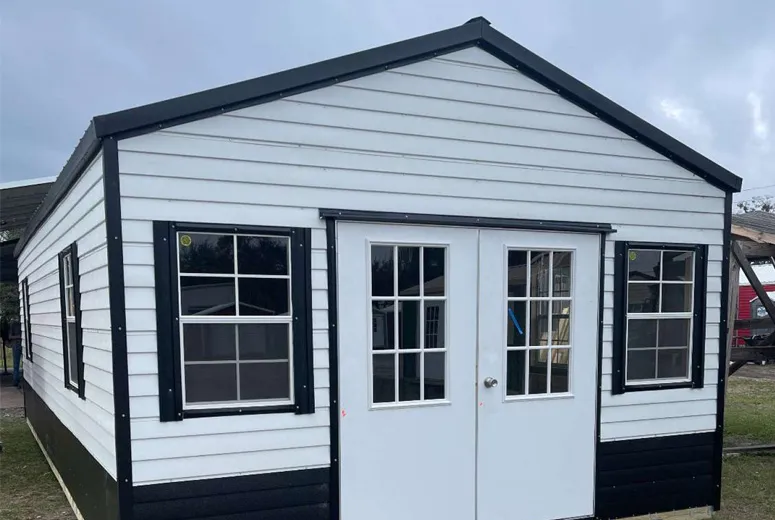- Afrikaans
- Albanian
- Amharic
- Arabic
- Armenian
- Azerbaijani
- Basque
- Belarusian
- Bengali
- Bosnian
- Bulgarian
- Catalan
- Cebuano
- Corsican
- Croatian
- Czech
- Danish
- Dutch
- English
- Esperanto
- Estonian
- Finnish
- French
- Frisian
- Galician
- Georgian
- German
- Greek
- Gujarati
- Haitian Creole
- hausa
- hawaiian
- Hebrew
- Hindi
- Miao
- Hungarian
- Icelandic
- igbo
- Indonesian
- irish
- Italian
- Japanese
- Javanese
- Kannada
- kazakh
- Khmer
- Rwandese
- Korean
- Kurdish
- Kyrgyz
- Lao
- Latin
- Latvian
- Lithuanian
- Luxembourgish
- Macedonian
- Malgashi
- Malay
- Malayalam
- Maltese
- Maori
- Marathi
- Mongolian
- Myanmar
- Nepali
- Norwegian
- Norwegian
- Occitan
- Pashto
- Persian
- Polish
- Portuguese
- Punjabi
- Romanian
- Russian
- Samoan
- Scottish Gaelic
- Serbian
- Sesotho
- Shona
- Sindhi
- Sinhala
- Slovak
- Slovenian
- Somali
- Spanish
- Sundanese
- Swahili
- Swedish
- Tagalog
- Tajik
- Tamil
- Tatar
- Telugu
- Thai
- Turkish
- Turkmen
- Ukrainian
- Urdu
- Uighur
- Uzbek
- Vietnamese
- Welsh
- Bantu
- Yiddish
- Yoruba
- Zulu
Oct . 30, 2024 19:06 Back to list
Designing Steel Structure Factories A Comprehensive Guide
The design of a steel structure factory is a multifaceted process that combines engineering, architecture, and safety considerations to create efficient and robust manufacturing environments. Steel structures offer numerous advantages, making them a popular choice for industrial applications.
Flexibility and Customization
One of the key benefits of using steel in factory construction is its flexibility. Steel frames can be designed to accommodate various layouts and machinery configurations, providing a highly adaptable space. This flexibility is essential for modern manufacturing processes, which often require quick reconfigurations to accommodate new technologies or production methods.
Strength and Durability
Steel is renowned for its strength-to-weight ratio. This characteristic allows engineers to create large, open spaces without the need for numerous supporting columns, thus enhancing operational efficiency. Additionally, steel structures can withstand heavy loads, making them ideal for factories that require the installation of large machinery and equipment. Moreover, steel is resistant to pests and decay, ensuring a longer lifespan for the structure with minimal maintenance.
Safety Considerations
steel structure factory design

Safety is paramount in factory design. Steel structures can be designed to meet strict building codes and guidelines, ensuring a safe working environment. They can also be constructed with fire-resistant materials and include safety features such as reinforced exits and proper ventilation systems. The ability to incorporate safety measures into the design phase significantly reduces risks associated with industrial activities.
Sustainability
In today's environmentally conscious world, sustainable practices are increasingly important. Steel is a recyclable material, and using it in factory construction aligns with eco-friendly practices. Additionally, the design process can incorporate energy-efficient systems, such as natural lighting and HVAC solutions that minimize energy consumption, further contributing to a factory's sustainability goals.
Cost-Effectiveness
While initial costs for steel construction may be higher than some other materials, the long-term savings can be significant. The durability, low maintenance requirements, and energy efficiency of steel structures often lead to reduced operational costs over time. Moreover, the speed of construction is typically faster when using steel, allowing manufacturers to commence operations more quickly.
Conclusion
In conclusion, designing a steel structure factory involves careful consideration of various factors, including flexibility, strength, safety, sustainability, and cost-effectiveness. By leveraging the unique properties of steel, manufacturers can create efficient and durable environments that meet the demands of modern industry. As technology and designs continue to evolve, steel structure factories will play a pivotal role in the future of manufacturing.
-
How Do Prefabricated Steel Structures Transform Modern Construction?
NewsJul.14,2025
-
How Do Prefabricated Metal Buildings Redefine Modern Construction?
NewsJul.14,2025
-
How Do Prefab Insulated Metal Buildings and Steel Structures Revolutionize Modern Construction?
NewsJul.14,2025
-
How Do Pre - Engineered Steel Structures Redefine Modern Construction?
NewsJul.14,2025
-
Advancing Modular Construction with Prefabricated Metal Structures
NewsJul.14,2025
-
Advancing Industrial Infrastructure with Prefabricated Steel Solutions
NewsJul.14,2025
Products categories
Our Latest News
We have a professional design team and an excellent production and construction team.












